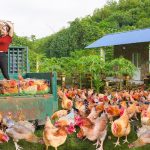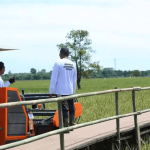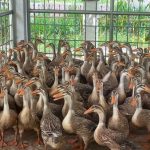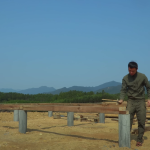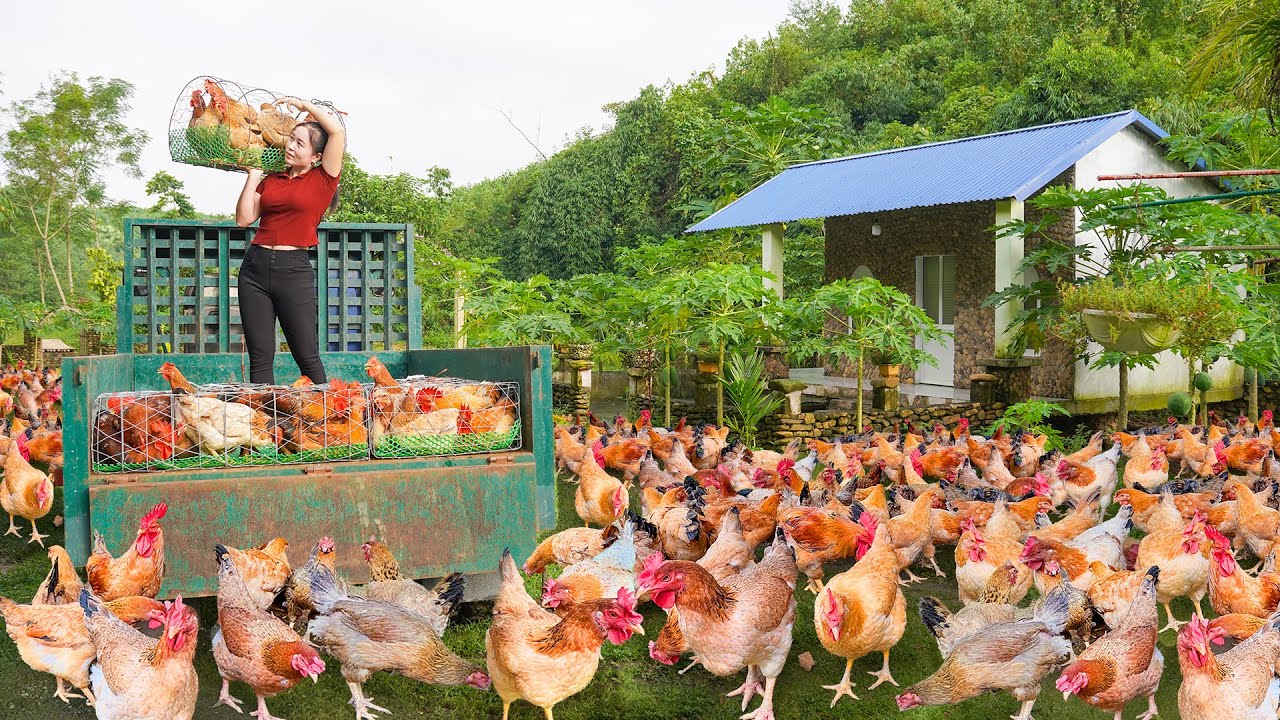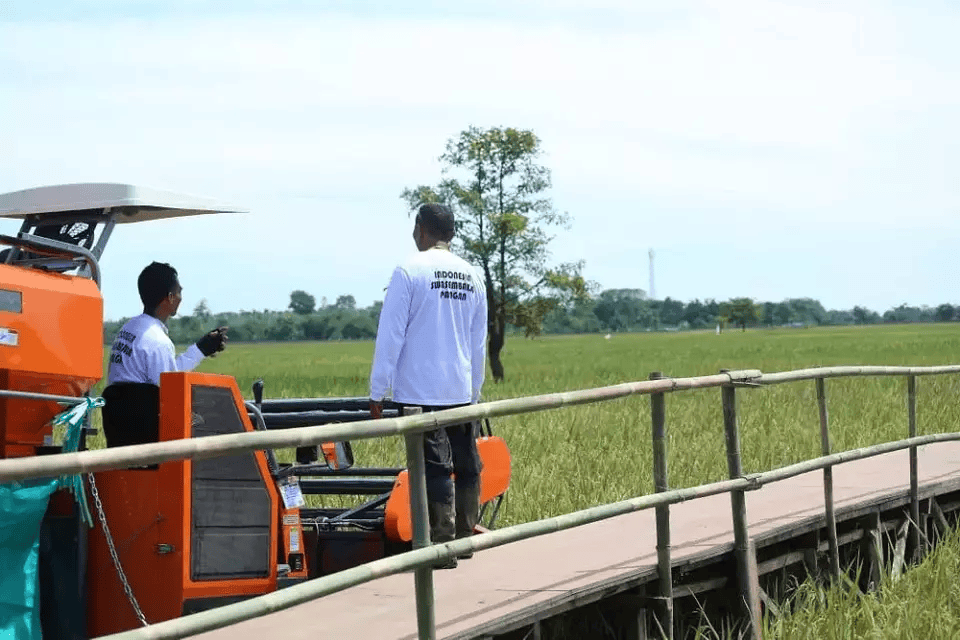Creating Vibrant Ecotones
Wildlife friendly gardens bring two habitats together—like meadow and woodland—to form an “ecotone” rich in life. These edge zones attract more species because they offer diverse food and shelter. You can recreate this in a typical backyard by shaping gentle slopes: a shallow swale planted with moisture-loving sedges leads up to a grassy berm dotted with wildflowers. Beyond the berm, under tall oaks or hickories, plant shade-tolerant ferns and Solomon’s seal. This layered approach draws pollinators, songbirds, small mammals, and beneficial insects into one compact space.
Assessing the Site’s Living Soil
Before choosing plants, understand the soil’s biology. Test for pH, texture, and moisture. Then probe deeper: use a simple soil DNA kit or partner with a lab to measure fungal and bacterial communities. A high fungal-to-bacterial ratio suits oak and chestnut seedlings; ericaceous shrubs like blueberries prefer soils rich in ericoid fungi. Map moisture with tensiometers and temperature with infrared scans—cool, damp north slopes can host moisture-loving species, while sunny south-facing banks favor drought-tolerant grasses and herbs.
Choosing a Native Plant Palette
A successful wildlife garden blends four layers: canopy, understory, herbaceous, and groundcover.
-
Canopy
-
White oak (Quercus alba) and hickory (Carya spp.)
-
Provide shade, acorns, and insect habitat
-
-
Understory
-
Serviceberry (Amelanchier canadensis) and chokecherry (Prunus virginiana)
-
Offer blossoms in spring and fruits in summer
-
-
Herbaceous Layer
-
Purple coneflower (Echinacea purpurea) and wild bergamot (Monarda fistulosa)
-
Ensure continuous blooms from spring through fall
-
-
Groundcover
-
Woodland phlox (Phlox divaricata) and golden groundsel (Packera aurea)
-
Suppress weeds and shelter ground-dwelling insects
-
Highlight each plant’s wildlife role: monarchs lay eggs only on milkweeds (Asclepias spp.); native bees nest in hollow plant stems. Offer themed kits—“Pollinator Starter” for new gardeners and “Rare Native Collection” for seasoned enthusiasts.
Designing Corridors and Patches
Fragmented yards isolate wildlife. Link nearby green spaces with corridors—linear plantings of trumpet vine (Campsis radicans), honeysuckle (Lonicera sempervirens), and wild grape (Vitis riparia). Along these routes, add circular habitat patches (about 10 × 10 m) filled with 15–20 species. Include features like brush piles, bare soil patches for ground-nesting bees, and shallow basins for drinking. Use simple GIS tools or even hand-drawn sketches to plan connectivity so clients see how each element supports movement.
Propagation and Nursery Best Practices
To grow healthy native stock:
-
Seed Treatment: Cold-stratify hard seeds (e.g., Baptisia australis) at 4 °C for 6–8 weeks.
-
Mix: Use local topsoil, compost, and a small amount of organic fertilizer to mimic natural forest floors.
-
Light: Shade-houses with UV-resistant cloth provide 400–600 µmol/m²/s PAR for woodland species, and open benches give 800–1 000 µmol/m²/s for prairie plants.
-
Plug Trays: Grow perennials in 200 cm³ cells with bottom watering to avoid damping-off.
-
Hardening Off: Gradually expose young plants to outdoor conditions over 7–10 days before delivery.
Label each batch with a QR code that links to sowing date, soil mix, and germination rate. This transparency reassures eco-conscious buyers.
Marketing Your Wildlife Friendly Service
Position your nursery or design business as an “ecosystem architect.” Emphasize measurable benefits:
-
Pollinator Boost: A 50 m² garden can host hundreds of bee species and feed up to 1 000 monarch caterpillars each season.
-
Stormwater Management: Swales planted with sedges can reduce runoff and lower municipal fees.
-
Carbon Sequestration: Native grasses can fix up to 4 tons of CO₂ per hectare annually.
Offer tiered packages—from basic “Eco-Kit” with 10 species to full “Habitat Design” services. Use time-lapse videos to show plantings transforming bare ground into buzzing habitats. Partner with conservation groups for workshops and share client success stories in newsletters highlighting wildlife sightings.
Educating and Engaging Homeowners
Empower clients with knowledge:
-
Workshops: Teach seed collection, ethical wildcrafting, and pollinator monitoring using simple checklists.
-
Guided Tours: Show how to identify local butterflies, moths, and native bees in their own gardens.
-
Citizen Science: Encourage data sharing via platforms like iNaturalist; aggregate observations to demonstrate collective impact.
These experiences deepen clients’ connection to their gardens and to your brand.
Scaling with Sustainability Metrics
Measure and report:
-
Survival Rate: Track plant health one year after installation.
-
Pollinator Visits: Use simple transect counts pre- and post-planting.
-
Water Savings: Calculate reduced irrigation needs from hydrogel use or efficient drip systems.
Offset nursery emissions with on-site solar power and pot recycling programs. Publish an annual “Green Impact Report” using Global Reporting Initiative (GRI) standards to attract eco-investors and green loans.
Case Study Wild Haven Nursery
Wild Haven Nursery, founded by ecologist Maya Hartono, began with rare orchids and bog plants. They scaled up by mastering mass stratification, aeroponic sedge propagation, and a companion app for clients. In three years they saw a 200 % sales increase. Their “Backyard Biospheres” kit—20 species designed for bloom continuity—sold 500 units annually. University studies showed a 40 % rise in native bee diversity in their installations versus turf lawns.
Future Innovations
Look ahead to:
-
Designer Mycorrhizae: Custom fungal blends for drought-tolerance.
-
Aerial Seeding: Drones for rapid meadow restorations.
-
Blockchain Provenance: Assuring local ecotype seed origin.
-
Smart Tags: NFC chips tracking soil moisture and wildlife visits via a smartphone.
These tools will strengthen your role as a leader in eco-landscaping.
Expert Tips and Tricks
-
Local Seed Sourcing: Collect from nearby remnant habitats to preserve regional genetics.
-
Eco-Friendly Markers: Use laser-engraved wood stakes instead of plastic.
-
Precision Irrigation: Install drip emitters with pressure compensation.
-
Companion Planting: Intercrop nitrogen-fixers like Ceanothus to boost soil fertility.
-
Solarization: Clear-plastic sheets heat soil to kill invasive seed banks.
-
Pheromone Lures: Target specific pests without broad-spectrum sprays.
-
Nocturnal Tours: Showcase moth diversity with UV light sheets.
-
Carbon Credits: Offer homeowners credits for large meadow plantings.
-
Heritage Collections: Sell limited-edition sets with provenance stories.
-
Community Data Sharing: Visualize collective wildlife sightings in an online dashboard.
By simplifying complex ecology into clear, actionable designs and stories, you’ll help eco-conscious homeowners transform their yards into thriving wildlife havens—and grow a successful native plant business.
